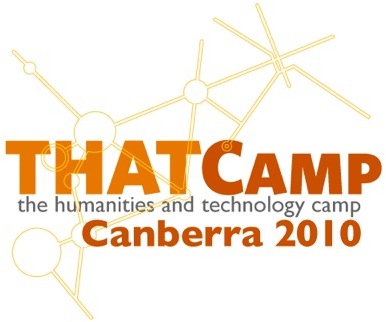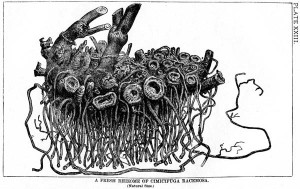Cemeteries are a key local studies and family history resource. Work is being done with gps to aid in the locating of graves. In some cases communities are assisting with recording locations. Many libraries, archives and museums have images, information, and in some cases audio/visual recording of relevance. It would be amazing if when walking through a cemetery you could access information/images/recordings of some of the people buried there simply by having a location aware mobile device. It would build on the often scant or cryptic information on headstones or grave markers. Detailed information would not need to be available for every grave, but some would be a great start – and the information may be as simple as reading transcript of the text on a hard to read headstone. It would also tie in with the with way some cemeteries are changing how they record location information for burials. For new burials this could be a way for people or their families to provide information/images for the future. Obviously anything done in this area would need to be respectful of the general ambiance of cemeteries.
It would mean that image databases may need improved location information, but it would enhance the experience of visiting cemeteries. Ideally it would scalable so once developed it could be used in cemeteries everywhere from areas of war graves to town cemeteries and cemeteries associated with properties. It may be that the Australian War Memorial datasets may be a way of exploring this idea.
I have not been able to find example of this yet.
This ideas was developed using crowdsourcing with NSW public library staff.


